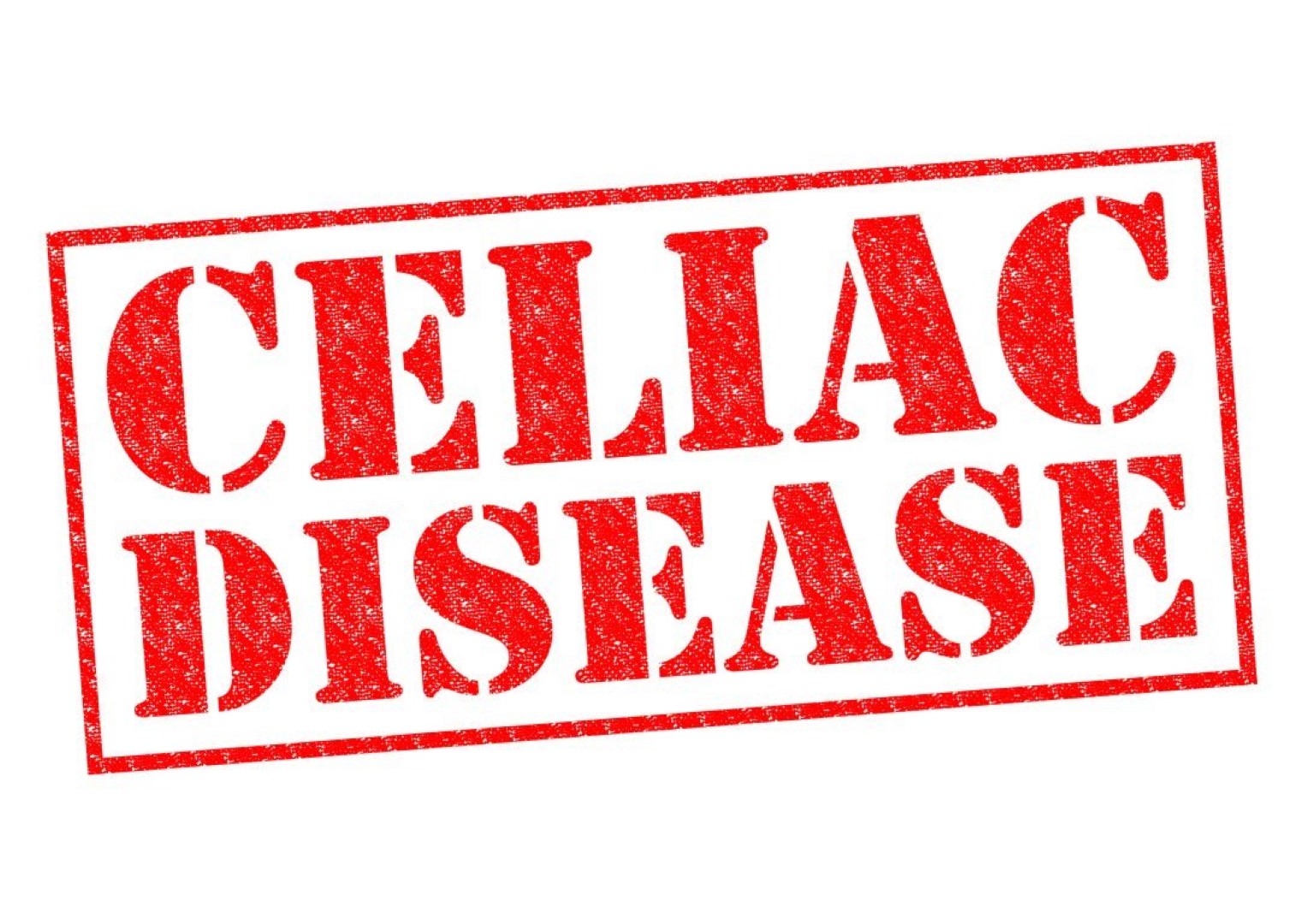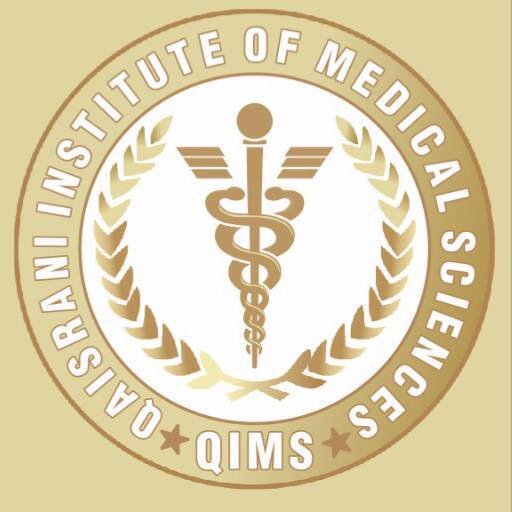
By Dr Muhammad Farooq Haider
YK was 8 years old boy living 60 km away from city of Multan . He was brought to our hospital by his uncle because he was concerned about his growth. According to him he was not gaining weight and his height was also short compared to children of his age group,His uncle was only one in family who was educated and brought him to city with him for examination at our hospital. YK lived in a small town where there is just one basic health unit (BHU) and no child specialist or even qualified doctor, with just one dispenser. His family visited that BHU and dispenser their advised them to give him lots of food so he may get healthy. He advised them to give YK bread and milk and everything he can eat.
YK was youngest of all in the family and he had one elder sister who was 18 years old and was having normal height and weight. He had no vaccination record.
Past History:
YK uncle gave history of GI disturbance, diarrhea and bloating at the start of weaning at age of 7 months and he remained admitted for 1 day at Basic Health Unit (BHU) at his area and was treated as a case of gastroenteritis.
After that admission patient failed to achieve normal growth and YK had multiple visits at his local clinic for vomiting and diarrhea.
On Examination :
T : 37.7 Celsius , H R : 96/min R R : 30/min Height : 110cm wt : 16kg
General Physical Examination :
YK looked unwell, irritable, pale with no obvious dysmorphism, pallor and clubbing were observed. No rash seen.
Systemic Examination :
Failure to thrive, abdomen distended with visible veins, muscular wasting prominent at buttocks.
YK was advised complete blood picture, ESR, Routine stool examination for ova and cyst. Anti tissue transglutaminase IGA and IGG antibody were sent and in addition for total IGA in serum to exclude IGA deficiency in serum.
Labs came strongly positive for Celiac disease . YK and his uncle were counseled about the disease and guided about gluten free diet. They were surprised by this condition as they had had no idea about this condition. They were giving him bread three times a day as local dispenser advised them which was worsening the condition.
YK was advised multivitamins and oral Iron therapy for anemia and oral vitamin d 3 therapy and guided in detail about role of gluten free diet.
YK came back after a month. He was on strict gluten free diet and was regularly taking medicines. His uncle commented that his mode had improved and he had good catch up growth, and now he looked improved and different child.
Definition Of Health Inequity:
American Academy of Pediatrics defines it as a combination of four elements:
- children right
- Social justice
- Human capital investment
- Health Equity Ethics
Above mentioned components are essential for health equity.
Health inequity arise from health inequalities. Inequity is avoidable by equalities in health system.
Health inequity refers to unfair ,avoidable differences arising from poor governance ,corruption or cultural exclusions while inequality refers as uneven distribution of health resources as a result of genetic or other factors.
DISCUSSION :
Celiac Disease is an immune mediated systemic disorder, elicited by gluten and related prolamines in genetically susceptible individuals.
YK uncle had no knowledge of celiac disease and were very poor and their local dispenser also had no idea about this condition. Celiac disease complications can easily be avoided by using gluten free diet.
Patient may not have developed complications if diagnosed and treated at early stage.
YK local hospital dispenser kept on treating him as a case of gastroenteritis and had poor knowledge of diseases. YK family had no funds for him to travel to city so he had to depend on local dispenser till his uncle brought him to city.
There is a strong need of campaigns to teach and guide parents about this condition and guide them how to avoid complications associated with this.
Educating and teaching school teachers can play a vital role as they can guide children and parents.
As they say “ Eyes don,t see, what brain doesn't know"
If local dispenser had idea of this condition only then he could have guided YK family.
Celiac profile just costs around 20 $ to 25 $ in this region which is not costly but awareness about this disease is important and patient can live healthy life with no complications.
Our doctors at QMC MULTAN have started free OPD services at remote regions and also started weekly lectures by our medical team about avoidable conditions in rural areas and focus on parents education and counseling.
References:
- Nelson Textbook of Pediatrics 20th Ed chapter 338.2 Celiac Disease
- Inequity and Inequality In Health By Global Health Europe 24th Aug 2009
- Health Equity and Children,s Rights Pediatrics In review, April 2010, volume 125 / issue 4
Author:
By Qaisrani
Dr Muhammad Farooq Haider
Head Of Pediatrics, QMC Multan
Principal QIMS, Multan
[email protected]
Keep writing good things. Be patient and wait for a few months to be a good earner.
Dont be disappointed too soon.
Thank you!
From @zahid8zait
Downvoting a post can decrease pending rewards and make it less visible. Common reasons:
Submit
Thank you..Really appreciate this.
Downvoting a post can decrease pending rewards and make it less visible. Common reasons:
Submit
Keep up the good work, you have great potential! Keep making good posts :)
Downvoting a post can decrease pending rewards and make it less visible. Common reasons:
Submit
Thank YOu..this really motivates me..
Downvoting a post can decrease pending rewards and make it less visible. Common reasons:
Submit
Nice post dear keep making good posts
Downvoting a post can decrease pending rewards and make it less visible. Common reasons:
Submit